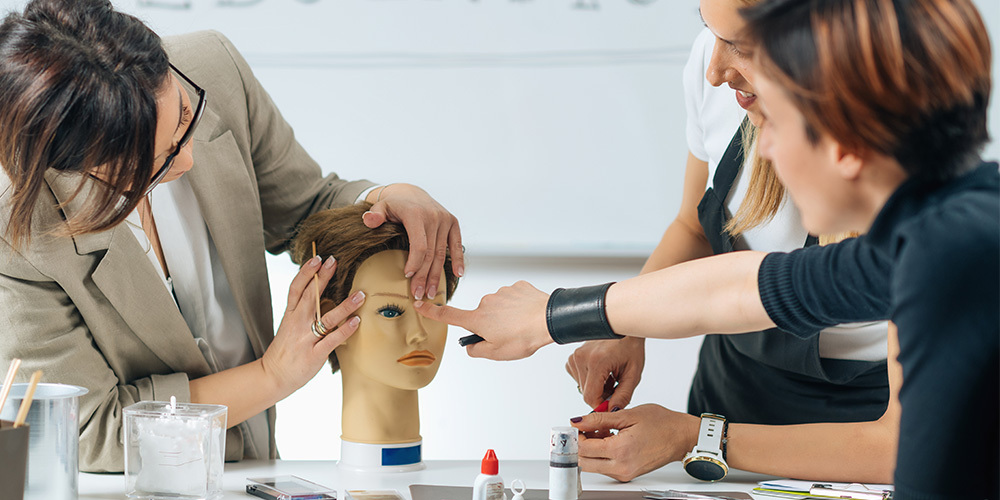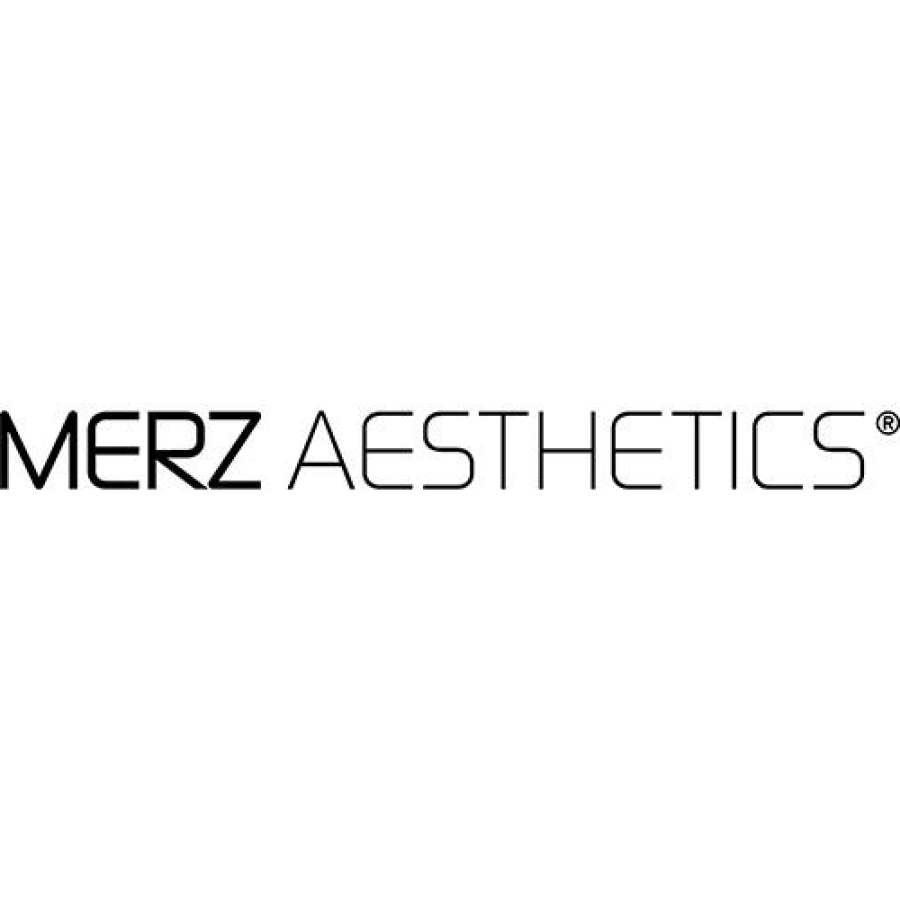
Clinical
Radiofrequency and Non-RF Microneedling Safety: What Patients Should Know
With Molly Muecke, RN, MSN, NP-CMicroneedling is a popular aesthetic treatment offered in 79% of med spas (2024 Medical Spa ...
Posted By Madilyn Moeller, Thursday, October 12, 2023

By Taylor Siemens, NP-C, My Aesthetic Training
Almost anyone in the medical aesthetics industry would boast about how amazing it is to be in this space. So many are desperate to get their foot in the door or take a chance to break into the world of medical aesthetics. However, the fact of the matter is, the industry is growing at a rate that it is struggling to sustain. This growth is posing many challenges to patient safety, testing clinical ethics, and spotlighting the lack of training for clinicians.
I had the privilege of making my way into medical aesthetics as a registered nurse with a facial plastic surgeon in Dallas. I was halfway through my nurse practitioner program at the time and knew this side of medicine was where I wanted to be from the time I started nursing school. My surgeon was a solo practitioner, and I did not know anyone else in the industry. It was a lonely introduction, as I was stepping into a world that required so much skill and knowledge with no one to show me the way. Don’t get me wrong—it’s not that my surgeon was not helpful; he was simply a busy surgeon who had mastered the operating room, not all the services I was responsible for, including laser, injectables and anti-aging plans. I remember spending countless hours after work and on my lunch breaks watch YouTube, trying to get tips and clinical pearls to find my path to be a great aesthetic provider, all while being embarrassed and, quite frankly, concerned that I was on YouTube of all places attempting to hone my craft. I took vigorous notes and promised myself that it wouldn’t be this hard to network and learn for the clinicians that came after me. I made a secret promise to the industry that once I honed my craft, I would pour into others who share the same passion to pour confidence into others.
Many providers share this desire to educate and train, and it is great to see. They want to create new ground and new platforms for many within our industry. Because the need for great clinicians in the aesthetics industry is present, the need for great trainers is even more profound. There are a lot of great technical clinicians who are also teaching aesthetics, but they don’t have any baseline teaching skills, which raises the question of how new practitioners are being educated.
In medical aesthetics, there is not yet a formal understanding of getting feedback, asking questions or running groups, and these skills play a large part in how people learn. There is a need to ensure that trainers have the necessary soft teaching skills and not just clinical ability and understanding. It is also beneficial to have a formal qualification and not just an experiential one—with a lot of people now coming into the aesthetics field, they need to learn from people who know how to teach. Have you wondered how to become a medical aesthetics trainer? There are several important qualities and experiences that will help mold and shape these opportunities.
In order to be an effective aesthetics trainer, you need a background in medical aesthetics with a great deal of training and experience. The saying, “Those that can’t do, teach,” does not really apply here. The medical aesthetics industry requires a specific skillset that must be fully understood before an aesthetics professional can teach others. A trainer spends much of their time developing training programs, and this is impossible to do if they do not understand all aspects of the skills they are trying to help people master. A great trainer has been in the industry for a good amount of time. That is not to say you should not teach if you have not been around for 10 years, but it is challenging to teach to adverse events and a wide variety of possible scenarios when you have not personally handled and seen multiple challenges and successes in what you are teaching. Repeating what you have heard from others is not always the best place from which to teach when you are educating on clinical matters. Understanding and succeeding at all aspects of the treatment room is a critical component to teaching. Trainers need to understand anatomy and physiology, proper consultation and sales techniques, along with the skill-specific information to which they are teaching.
Trainers should be in constant pursuit of additional training. Humility is an important attribute for the medical aesthetics industry. No one in this space is too good to learn from others or has learned everything there is to know. This industry is ever-changing, and a great trainer is eager to learn the next skillset or knowledge that will take their client-care or training techniques to the next level. Medical aesthetics professionals should always seek to expand their knowledge and skillset. Trainers need the mindset of pouring their knowledge into others. If your goal is to be the best in the room, your mindset is likely not in a place to develop others to their fullest potential. On the other hand, if your approach is trying to make everyone you work with the best at their craft, you will likely play a large role in developing many great clinicians.
Obtaining teaching experience is the next step in becoming a trainer. Consider pursuing opportunities to teach or assist in training programs, such as working with a training company or developing and delivering training programs for your current company. This experience will help you learn how to develop training plans and programs, which can involve creating training manuals, developing lesson plans and conducting training sessions. Working with others on this allows you the opportunity to learn from experienced professionals without having to figure it out on your own. Use this time as an opportunity to network and share your goals with others.
When I first started training, most of my teaching opportunities came from peers and vendors who knew I desired to share with others. I am not sure I would have gotten to where I am now had I not been so vocal about my passions and goals of education and teaching.
Becoming an aesthetic trainer requires a combination of education, experience and teaching skills. By considering these key points, you can develop the expertise and knowledge necessary to become an effective aesthetic trainer.
Taylor Siemens, NP-C, has been in the medical aesthetics space for six years, working with some of the best plastic surgeons in Dallas. She is currently the clinical director of Vitalyc Medspa. Siemens is recognized for her work with laser resurfacing procedures and is passionate about cosmetic injectables and other anti-aging modalities. She practices under the philosophy that “the best injectable is the least detectable,” and she empowers her clients to age on their own terms.
AmSpa Members receive QP every quarter. Learn more from clinical aesthetic trainers and business and legal experts when you attend an AmSpa event.
Related Tags
Medical spa news, blogs and updates sent directly to your inbox.

Clinical
With Molly Muecke, RN, MSN, NP-CMicroneedling is a popular aesthetic treatment offered in 79% of med spas (2024 Medical Spa ...

Clinical
On November 5, 2025, Merz Aesthetics announced that Ultherapy PRIME® gained U.S. Food and Drug Administration (FDA) clearance to improve ...

Clinical
By Belmar Pharma SolutionsWhen it comes to menopause, a once-taboo topic, the tide has finally changed. Women now have access ...

Clinical
The FDA’s recent safety communication regarding radiofrequency (RF) microneedling devices is a critical reminder: Aesthetic treatments involving energy-based devices are ...